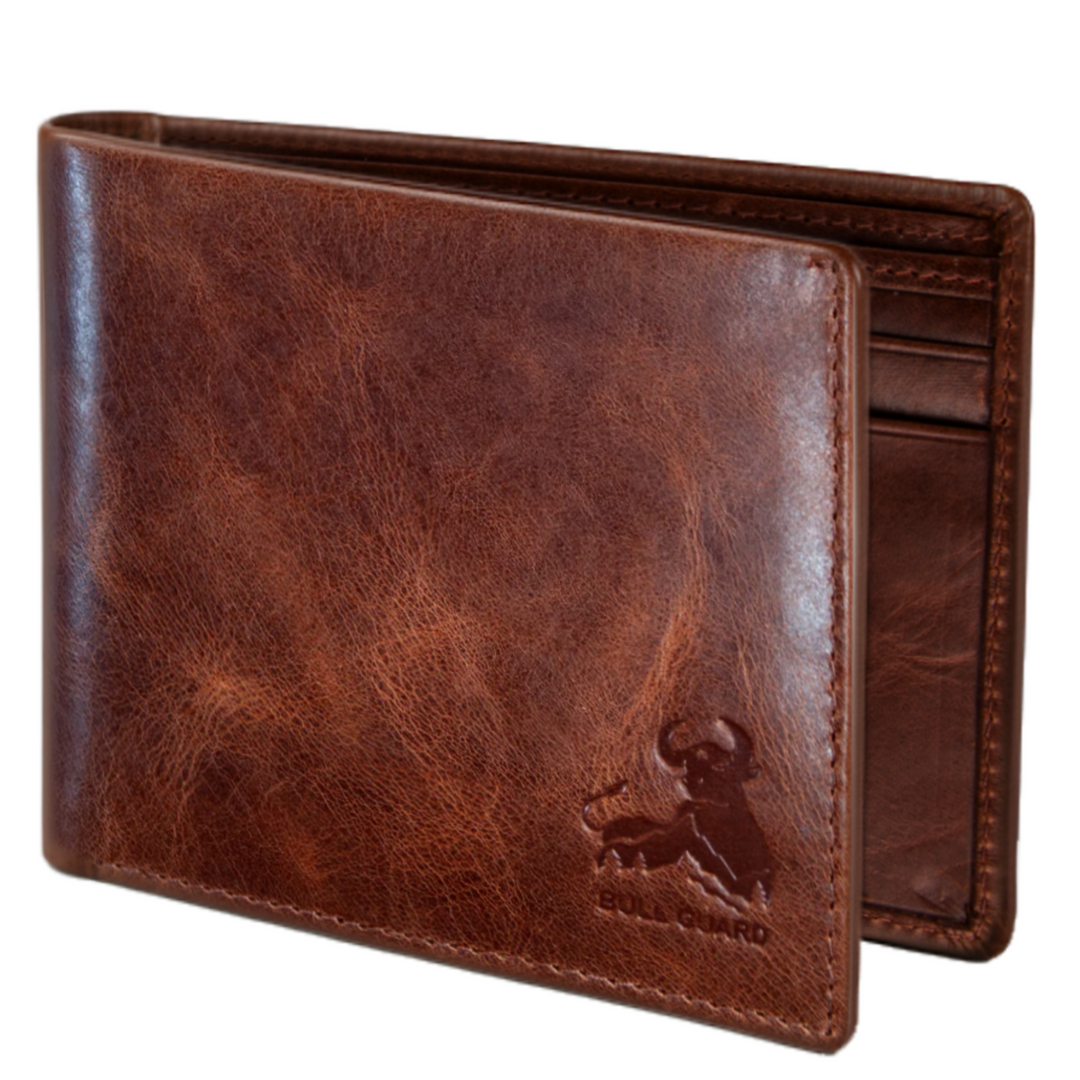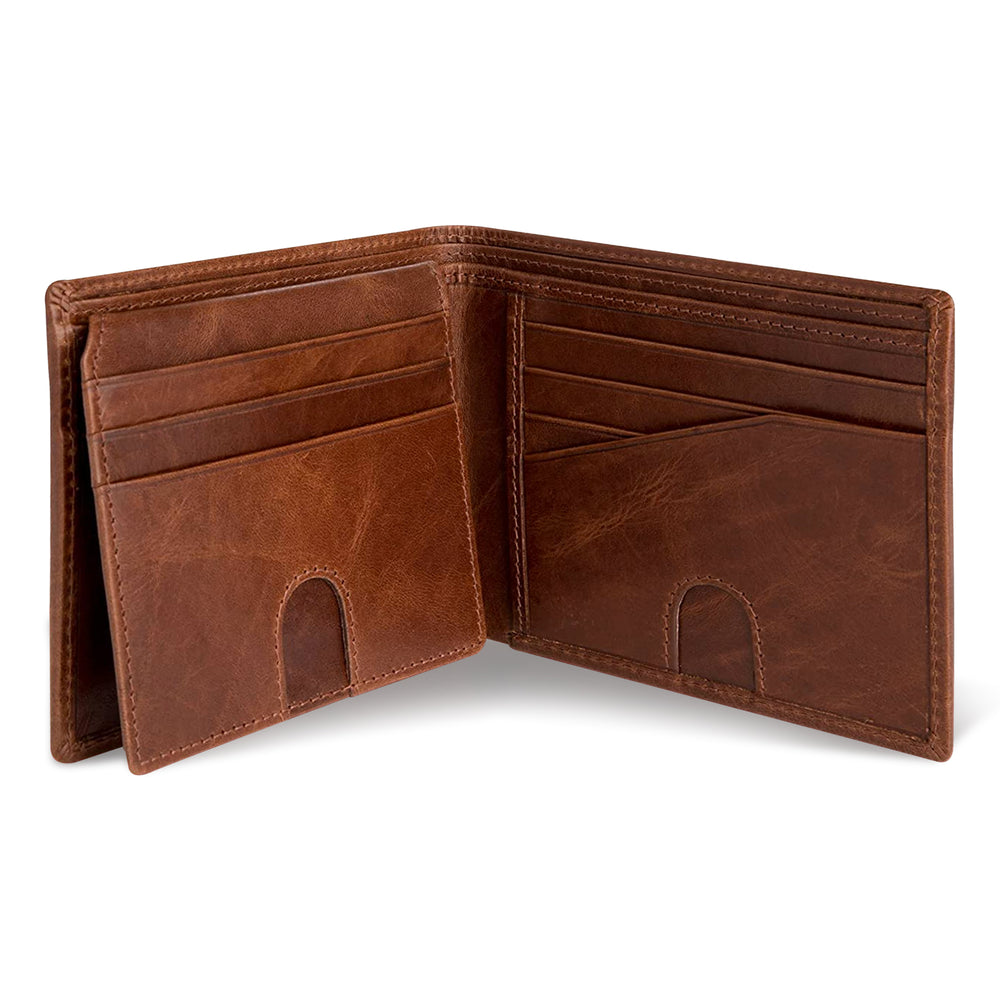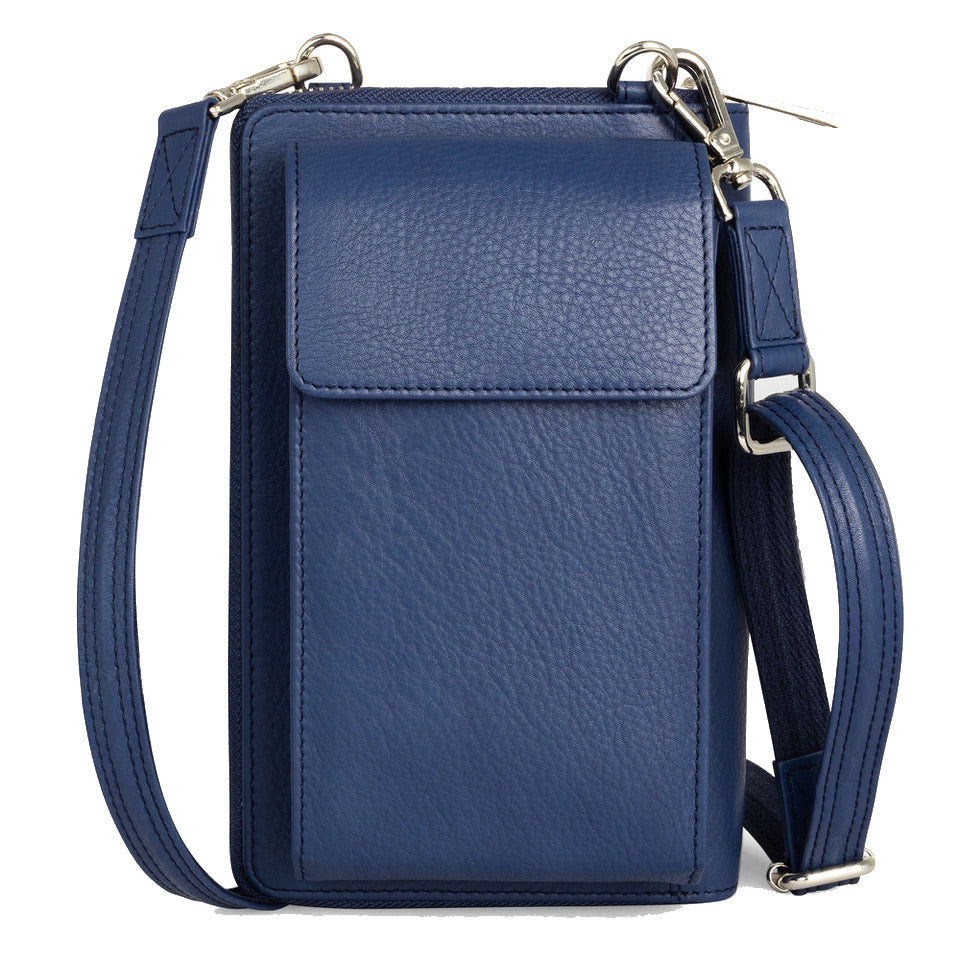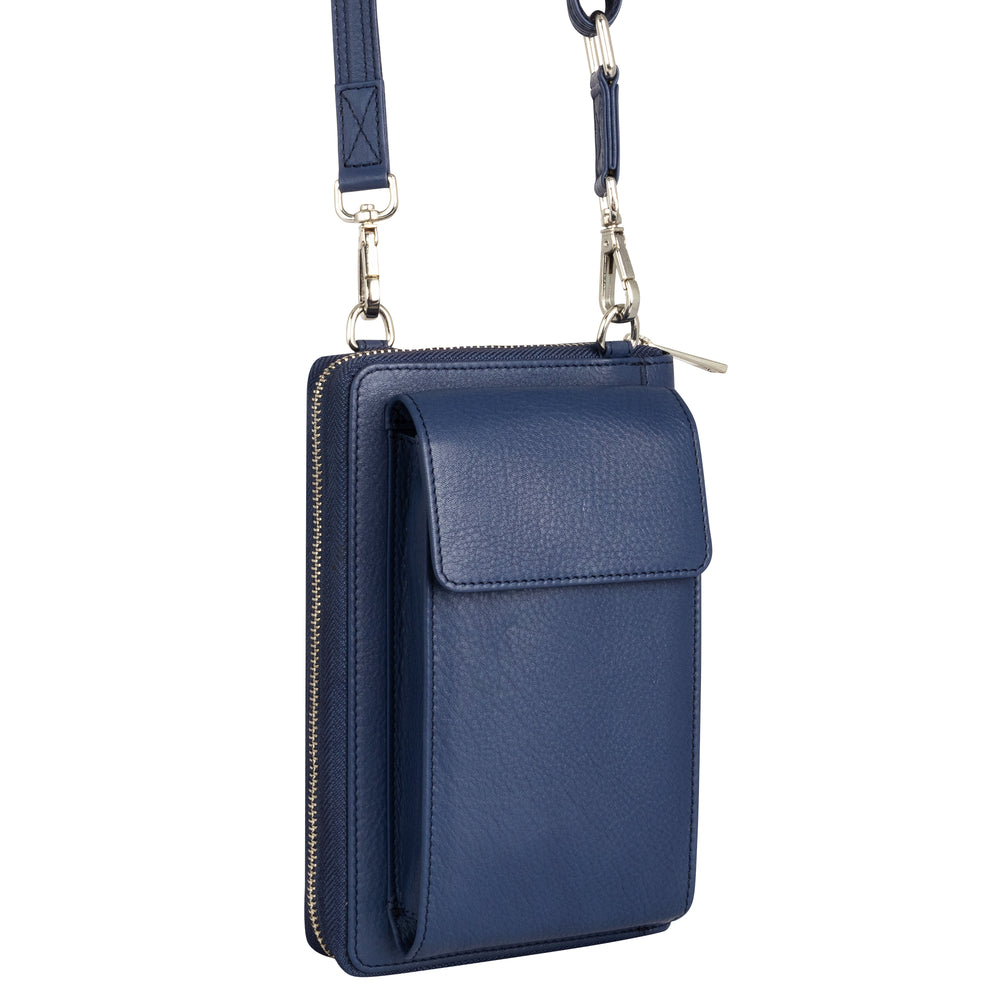Key Takeaways
- Belt dressing helps eliminate squeaks and slipping by increasing friction between belts and pulleys.
- It reduces noise and improves belt performance quickly after application.
- Using the wrong type of belt dressing or applying it improperly can harm modern belt materials.
- Incorrect use of belt dressing may also conceal underlying mechanical problems.
Belt Dressing Essentials: Everything You Need to Know
Belt dressing transforms squeaky, slipping belts into smooth-operating components within minutes of application. This specialized maintenance product increases friction between belt and pulley surfaces while reducing noise, but choosing the wrong type or applying it incorrectly can damage modern belt materials or mask serious mechanical issues.
Understanding when belt dressing works, which formulations suit your equipment, and how it compares to alternatives like proper tensioning or replacement determines whether you'll achieve lasting results or create expensive problems. Modern EPDM serpentine belts, for instance, often require different approaches than traditional V-belts found in older machinery.
For those seeking reliable solutions to keep their equipment running smoothly, consider accessories like the Bifold with Flip Up ID or the Classic Leather Trifold for secure storage of maintenance cards and IDs during on-site repairs.
What Is Belt Dressing? Purpose, Evolution, and Modern Applications
Core Function and Mechanics
Belt dressing is a friction-enhancing compound applied to belt and pulley surfaces to improve grip, reduce slippage, and eliminate squealing noises. Unlike lubricants that reduce friction, belt dressing creates temporary tackiness through resins and polymers that bond to rubber and metal surfaces.
The product works by filling microscopic surface irregularities and creating a thin film that increases the coefficient of friction between contact points. This mechanism proves most effective on traditional rubber compounds like neoprene and natural rubber, where the dressing can penetrate slightly and create lasting adhesion.
From Industrial Compounds to Specialized Formulations
Early belt dressings contained crude materials like pine tar, molasses, and heavy oils that often attracted debris and required frequent cleaning. Modern formulations use synthetic tackifiers, silicone-free polymers, and specialized carriers that evaporate cleanly while leaving active ingredients in place.
Today's products divide into distinct categories: automotive aerosols for quick application, food-grade NSF H1-rated compounds for processing equipment, and heavy-duty industrial sticks designed for continuous-duty machinery in harsh environments.
Primary Applications and Equipment Types
Agricultural equipment represents the largest belt dressing market, where combines, balers, and irrigation systems operate in dusty conditions that promote belt slippage. Industrial conveyor systems, HVAC equipment, and food processing machinery also rely on belt dressing for maintaining uptime during peak production periods.
Automotive applications have declined as manufacturers shifted to maintenance-free serpentine belt systems, though classic car restoration and heavy truck maintenance still utilize traditional V-belt configurations that benefit from periodic dressing application.
How Belt Dressing Works: Science and Material Compatibility

Chemical and Physical Interactions
Belt dressing creates grip through two primary mechanisms: surface tackification and temporary rubber conditioning. Tackifying resins form microscopic bridges between belt and pulley surfaces, while conditioning agents slightly soften rubber compounds to increase contact area and flexibility.
The active ingredients typically include rosin esters for immediate tack, synthetic polymers for durability, and penetrating agents that allow deeper absorption into porous belt materials. This combination provides both instant slip reduction and extended effectiveness under normal operating conditions.
Belt Types and Chemical Interactions
| Belt Material | Compatibility | Expected Results | Special Considerations |
|---|---|---|---|
| Natural Rubber/Neoprene | Excellent | Strong grip improvement, noise reduction | Standard application rates |
| EPDM (Modern Serpentine) | Limited/Risky | Minimal improvement, potential damage | Check manufacturer warnings |
| Fabric-Reinforced V-Belts | Good | Moderate grip increase | Avoid over-saturation |
| Polyurethane | Variable | Temporary improvement | Test small area first |
| Leather (Vintage) | Excellent | Restoration of flexibility | Use leather-specific formulations |
Measurable Effectiveness and Duration
Laboratory testing shows belt dressing can increase friction coefficients by 15-40% on compatible materials, with peak effectiveness occurring within the first hour of application. Duration varies significantly based on load, temperature, and environmental conditions, ranging from 8-12 hours in heavy-duty applications to several days in light-duty scenarios.
Temperature stability becomes critical above 180°F, where standard formulations may break down and lose effectiveness. High-temperature variants maintain grip up to 250°F but require specialized application procedures and longer curing times.
Types of Belt Dressing Products: Formulation and Safety Features
Aerosol, Stick, and Liquid Applications
Aerosol dressings offer convenience for hard-to-reach pulleys and provide even distribution through pressurized application. The propellant carries active ingredients into tight spaces while evaporating quickly, leaving only the functional film behind.
Stick formulations contain higher concentrations of active ingredients and work best for accessible belt systems where precise application control matters. These solid compounds resist washout better than sprays and typically last longer under heavy-load conditions.
If you need to keep essential cards or IDs handy while working in industrial environments, the 2 ID Leather Wallet offers a practical solution for technicians and maintenance professionals.
Food-Grade and Specialty Belt Dressing Products
Food-grade belt dressings meet NSF H1 certification standards, meaning they're safe for incidental food contact and won't contaminate production lines. These specialized formulations replace traditional petroleum-based compounds with food-safe synthetic polymers and white mineral oils that maintain grip without introducing harmful chemicals into processing environments.
Specialty applications extend beyond food safety. High-temperature formulations withstand heat up to 300°F without breaking down, while washdown-resistant versions maintain effectiveness through aggressive cleaning cycles common in dairy and meat processing. Metal-detectable packaging prevents contamination if containers accidentally enter production lines, and some products carry additional certifications like Halal or Kosher approval for religious dietary compliance.
| Product Type | Application Method | Temperature Range | Washdown Resistance | Special Features |
|---|---|---|---|---|
| NSF H1 Aerosol | Spray application | -20°F to 200°F | Moderate | Quick coverage, hard-to-reach areas |
| Food-Grade Stick | Direct contact | 0°F to 250°F | High | Precise application, no overspray |
| High-Temp Liquid | Brush or squeeze | -10°F to 300°F | Very High | Extreme heat resistance |
| Metal-Detectable | Various | Standard ranges | Standard | X-ray and metal detector visible |
Agricultural applications require weather-resistant formulations that maintain effectiveness through rain, dust, and temperature swings. These products typically use synthetic base oils that don't wash away easily and include anti-oxidants to prevent degradation under UV exposure.
Key Benefits and Limitations of Belt Dressing

Belt dressing delivers immediate traction improvements of 15-30% on most belt materials, effectively eliminating squeaks and reducing slippage that causes power loss. This quick-fix capability proves invaluable during harvest seasons, production deadlines, or emergency repairs when belt replacement isn't immediately feasible. The temporary nature of these benefits makes belt dressing ideal for extending equipment life until scheduled maintenance windows.
What Belt Dressing Cannot Fix
Cracked, glazed, or severely worn belts require replacement, no dressing can restore structural integrity to damaged rubber compounds. Belt dressing also cannot correct underlying problems like misaligned pulleys, incorrect tension, or worn bearing surfaces that cause premature belt failure.
Modern EPDM serpentine belts present compatibility challenges that many operators overlook. These belts use synthetic rubber compounds designed to run dry, and traditional belt dressings can actually reduce their effectiveness by softening the material beyond design specifications. Over-application on any belt type risks attracting debris, causing buildup that ultimately reduces performance below original levels.
Environmental considerations include proper disposal of aerosol containers and awareness that most belt dressings contain flammable solvents. Inhalation risks require adequate ventilation during application, and skin contact should be minimized through appropriate personal protective equipment. Newer eco-friendly formulations address some concerns but may sacrifice longevity for environmental compliance.
How to Apply Belt Dressing Safely and Effectively
Proper preparation prevents most application failures and safety incidents. Always disconnect power sources and allow moving parts to stop completely before beginning work. Clean belt and pulley surfaces with a lint-free cloth to remove oil, debris, or previous dressing residue that could interfere with new product adhesion. Check belt tension and alignment, applying dressing to improperly tensioned belts wastes product and masks underlying mechanical problems.
Application technique varies by product type but follows consistent safety principles. Aerosol products require 6-8 inches of distance from the belt surface, applied in short bursts while manually rotating the pulley to ensure even coverage. Stick applications work best on stationary belts, using light pressure to create a thin, uniform film without oversaturating the material. Liquid formulations need brush or squeeze-bottle application, allowing 2-3 minutes of cure time before operation.
Expert Application Tip: Apply belt dressing to the pulley-contact side of the belt only. Coating the back side serves no functional purpose and attracts debris that can damage bearings and other components.
Dosage control prevents common over-application problems. A general rule calls for coverage equivalent to a pea-sized amount per 12 inches of belt length, though manufacturer specifications should always take precedence. Reapplication frequency depends on operating conditions, light-duty applications may last weeks, while heavy industrial use might require daily attention. Monitor belt performance after application and avoid reapplying within 4 hours unless specifically directed by product instructions.
Food-grade applications require additional contamination prevention measures. Use dedicated applicators that never contact non-food-grade products, and ensure work areas are free from potential contaminants. Some facilities require documentation of product lot numbers and application dates for audit trails, particularly in HACCP-regulated environments.
Belt Dressing vs. Top Alternatives Comparison
Belt dressing is a quick solution for minor slippage and squeaks, but it is not a substitute for proper mechanical maintenance. Alternatives include adjusting belt tension, replacing worn belts, or upgrading to modern belt materials like EPDM that are designed to run dry and require no dressing. While belt dressing can extend the life of compatible belts and provide immediate results, it should be used as a temporary fix rather than a long-term solution. Always assess the root cause of belt issues before relying on chemical treatments.
For more insights on choosing the right accessories for your needs, explore our guide on mens best belts for practical tips and recommendations.
Most Common Belt Dressing Problems and Solutions

Persistent slipping after application typically indicates incorrect product selection or underlying mechanical issues. EPDM belts resist most dressing formulations, while over-application creates excessive softening that reduces grip.
Recurring Squeaks After Treatment
When squeaks return within hours, contamination or misalignment causes the issue rather than belt condition. Clean pulleys with degreasing solvent, check alignment with a straight edge, and verify proper tension before reapplying any belt dressing product.
Sticky Residue and Buildup Problems
Excessive application creates sticky deposits that attract debris and worsen performance. Remove buildup using mineral spirits or brake cleaner, then apply product sparingly, typically one light coat every few inches of belt surface.
EPDM Belt Incompatibility Issues
Modern serpentine belts use EPDM compounds designed to operate without additives. Manufacturers specifically warn against dressing these belts, as chemicals can cause swelling and premature failure. Replace worn EPDM belts rather than treating them.
Visual inspection determines when replacement becomes necessary. Cracks deeper than 1/16 inch, glazed surfaces, or visible cord exposure indicate belt failure beyond any chemical treatment's capability to address.
For a compact and modern way to carry essentials while working, the Bifold Slim with or without Airtag is a smart choice for technicians on the go.
Case Studies: Belt Dressing in Professional Applications
A textile manufacturing facility reduced conveyor downtime by 40% using aerosol belt dressing during peak production periods. The maintenance team applied product during 10-minute shift changes, eliminating the need for extended shutdowns previously required for belt replacement.
Food processing operations require careful protocol adherence when using NSF H1-rated products. One bakery successfully maintained dough mixer belts by applying certified dressing only during scheduled cleaning windows, preventing contamination while ensuring reliable operation during 16-hour production days.
Agricultural Equipment Performance
Harvest operations depend on consistent belt performance in challenging conditions. Farmers using stick-type dressing on baler belts report 25% fewer field breakdowns during wet conditions, though reapplication becomes necessary every 8-12 hours of operation.
Classic automotive restoration shops balance cost considerations when addressing belt noise. Quick belt dressing application costs under $5 and provides immediate relief, while complete belt replacement ranges from $50-150 but offers permanent resolution. Customer preference often determines the approach based on vehicle value and intended use.
If you prefer a minimalist carry, the Slim Card Case is ideal for storing cards securely during fieldwork or travel.
Professional Belt Dressing Product Selection
Automotive applications benefit from aerosol formulations designed for modern belt materials. Products containing silicone provide excellent grip enhancement while remaining compatible with rubber compounds found in most vehicle applications.
Heavy-Duty Industrial Solutions
Manufacturing environments require products that withstand high temperatures and frequent washdowns. Polymer-based formulations offer superior longevity compared to traditional rosin-based alternatives, lasting up to twice as long under continuous operation.
NSF H1 Certified Food-Safe Products
Food processing facilities must use only certified formulations that meet strict contamination standards. These products undergo rigorous testing to ensure safety if incidental food contact occurs, though they typically cost 30-50% more than standard industrial versions.
Environmental considerations favor water-based formulations over solvent-based alternatives. These products reduce volatile organic compound emissions while maintaining effectiveness, making them suitable for enclosed workspaces and environmentally sensitive applications.
For additional resources on top-rated wallets and accessories, visit our wallets best collection for expert picks and reviews.
To learn more about proper belt usage and style, check out this comprehensive guide on a man's guide to belts.
For further reading on when and how to wear a belt, see this helpful article: when and how to wear a belt.
For those who need a versatile option for carrying essentials, the Regular Crossbody Wallet Phone Purse combines convenience and style for everyday use.
Frequently Asked Questions
What are the main benefits of using belt dressing on machinery belts?
Belt dressing helps eliminate squeaks and slipping by increasing friction between belts and pulleys, leading to smoother operation. It also reduces noise and can quickly improve belt performance, extending belt life by preventing premature wear.
How does belt dressing work to reduce squeaking and slipping between belts and pulleys?
Belt dressing creates a thin, tacky film that fills microscopic surface irregularities on belts and pulleys, increasing the coefficient of friction between contact points. This enhanced grip prevents slipping and stops squealing noises during operation.
Why is it important to choose the correct type of belt dressing for different belt materials?
Different belt materials, such as modern EPDM serpentine belts versus traditional rubber belts, respond differently to belt dressing formulations. Using the correct type ensures compatibility, preventing damage to the belt and maintaining effective friction without degrading the material.
What are the potential risks of improperly applying belt dressing or using the wrong formulation?
Incorrect application or using the wrong belt dressing can harm modern belt materials, reduce belt lifespan, and may conceal underlying mechanical problems that require attention. This can lead to costly repairs and unsafe equipment operation.










